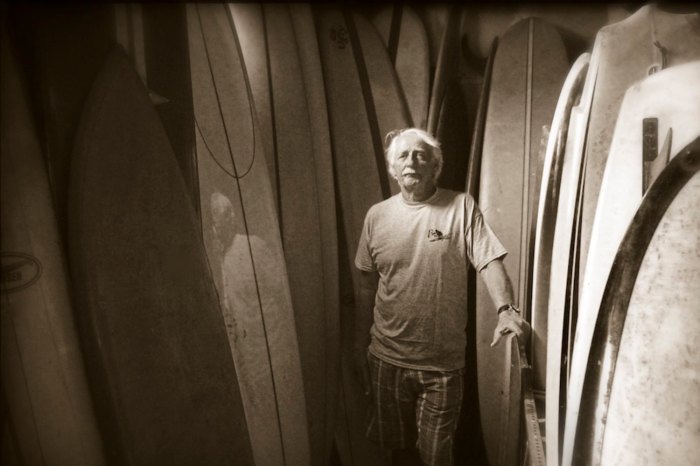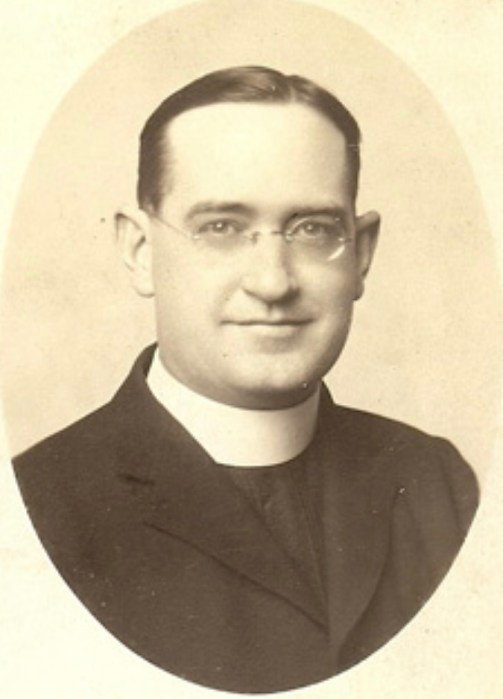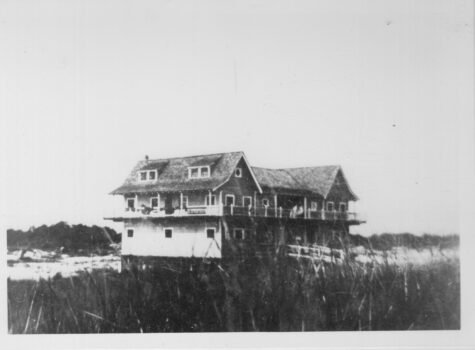
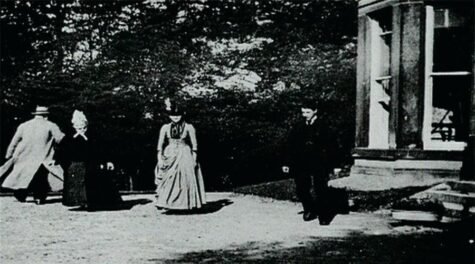
Point O’ Woods? Yes, Point O’ Woods with all its storied exclusivity played a part in perhaps the greatest mystery in the history of cinema, the sudden and untimely disappearance of the inventor of the motion picture camera Augustin (Gus) Le Prince, and the inexplicable death of his son, Adolphe. Could Thomas Alva Edison have been involved?Louis Aimé Augustin Le Prince (b. Aug. 28, 1841- vanished Sept. 16, 1890) was a French inventor and artist. He was the first to actually film motion but he never got credit for his invention because of his confusing disappearance.An early influence in Le Prince’s life was his father’s friend, world renowned Louis Daguerre, inventor of daguerreotype, from whom he learned photography and chemistry. At university Le Prince studied painting in France and earned a degree in chemistry in Germany.In 1866 Le Prince moved to England, married Elizabeth Whitley, his boss’s daughter and an artist in her own right. Together they established the Leeds Technical School of Art. The school was successful, affixing color photographs to metal and pottery. Queen Victoria and Prime Minister William Gladstone were among their clientele.At the behest of the company for which he worked, Le Prince and family traveled to the U.S. In 1881, and while there he began experiments on a 16 lens sequential photographs camera. He stayed in Point O’ Woods off and on tweaking his invention, finally receiving patents both in the U.S. and Britain in 1888.Moving back in England with his family he started work on a single lens camera. He used this camera to shoot the firstdocumented motion pictures. The first, later to become known as the “Roundhay Garden Scene,” is a brief silent scene of four adults (his son, his father and mother-in law, and a female friend) moving briskly about the garden. This snippet is credited as the oldest surviving film in existence according to the Guinness Book of Records and this was long before Edison showed up. There is an additional clip of Adolphe playing a small, hand-held accordion, possibly shot that same day.Some days later, Le Prince photographed the traffic, both pedestrian and commercial, crossing the Leeds Bridge using the same single lens camera. A commemorative plaque now marks the spot from which that film was taken.Plans were made to take these films to New York for a grand premier at the Jumel Mansion in Manhattan. However, Le Prince had last minute details that needed his attention including filing the patent for his single lens camera, and for a trip to Dijon, France, to visit his brother, Albert.On Sept. 16, 1890, Albert waved goodbye to his brother as Augustin boarded the train to Paris – with luggage – where he was to be met by friends.The trip was about three hour’s duration and when the train arrived in Paris there was no Augustin Le Prince. His luggage also had disappeared.Alerted by his family, the Paris police made all efforts to locate Le Prince, but found no trace of him. He had simply disappeared.Several theories about what became of the man are still bandied about:
-
Suicide: There is conflicting evidence as to his financial status. Apparently he was £50,000 in debt (today’s money), but was due to inherit one half of his mother’s inheritance, more than enough to cover his debts, and his business was still profitable. That coupled with his upcoming trip across the Atlantic for the premier exhibition of his films makes a suicide theory questionable.
-
Fratricide: The only person who reported seeing the 6-foot 4-inch Le Prince off on the train was his brother, who was to inherit the other half of the mother’s inheritance. This theory is disputed by the family because of how close they all were. It could not be the brother the family surmised.
-
Murder: Supposedly Le Prince arrived in Paris at 11 p.m. and would have been forced to hail a cab to take him to his hotel. At the time of his disappearance, Paris was a dangerous place for individuals traveling about late at night. Could an unscrupulous villain have killed him, robbed him, and thrown his body into the Seine? Research conducted in 2003 found a photo in the 1890 Paris Police archives of a man drowned in the Seine that had a resemblance to the 49-year-old Le Prince, but no positive identification has ever been proven.
-
Assassination: This theory was promoted by Le Prince’s wife and the majority of the family. They believe that the wizard of Menlo Park, Thomas Alva Edison, had Le Prince assassinated to protect his own motion picture machine patent. This theory is not as far-fetched as it might first appear.
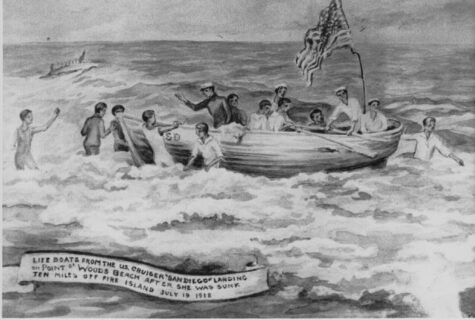
Edison filed a patent for his Kinetoscope, a motion picture camera, in 1891, one year after Le Prince’s disappearance. No one was able to defend Le Prince because French law at that time did not deem a missing person dead until seven years after they went missing – in this case until 1897.Meanwhile, a former employee of Edison’s, William Dickerson, and three other entrepreneurs, founded the American Mutoscope Company in 1895 in direct competition with Edison, who subsequently sued the company claiming it had stolen his work.The patent, Equity 6928, not only protected the invention, it went on to claim that whoever owned that patent was the sole, original inventor of the motion picture camera and was due all monetary rights.The Mutoscope Company claimed that the camera had already been invented and had been in use since 1888, stating, “The apparatus for taking and exhibiting photographs of objects in motion was well and widely known prior to the alleged invention by said Edison,” and they brought Adolphe to prove it.Adolphe brought several of his father’s cameras to the hearing, but, unfortunately, lawyers from both sides attacked him and would not allow the cameras to be presented. Edison won title to the patent three years later in 1901.A year later the court’s ruling was reversed leading to a decade of lawsuits over motion picture rights, but Adolphe Le Prince would not live to see any of it. He was shot to death in Point O’ Woods, his body found near the family’s cottage, his rifle at his side.Was it murder or suicide?Just like his father no determination as to what had happened has ever been made. Elizabeth was convinced it was another murder and Edison was responsible because he knew that Adolphe knew too much.In the seven years between Augustin Le Prince’s disappearance and the official declaration of his death, Edison, and others, claimed his invention as their own, stealing with it Le Prince’s rightful claim as the father of cinematography.


























